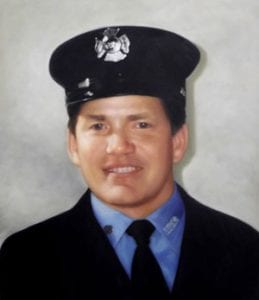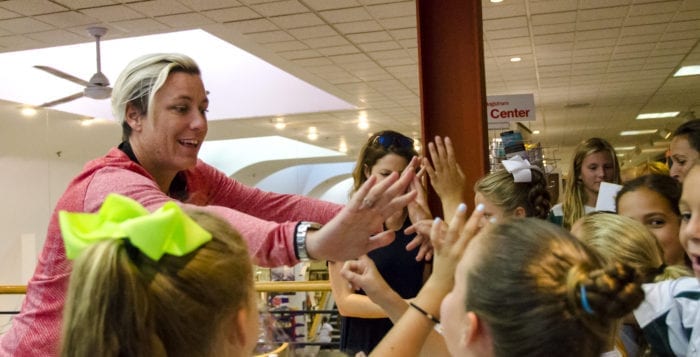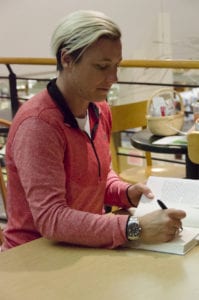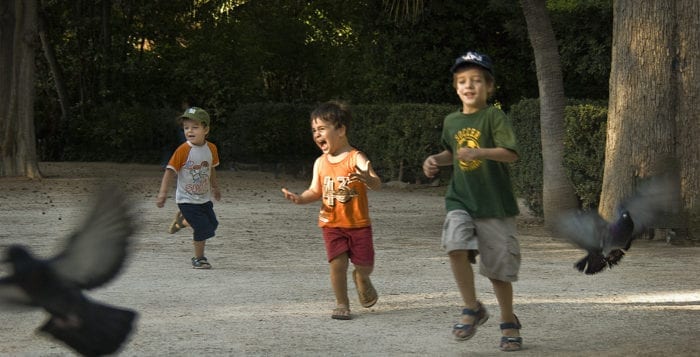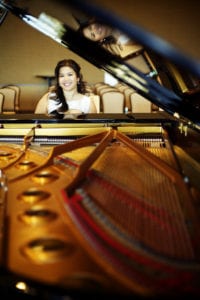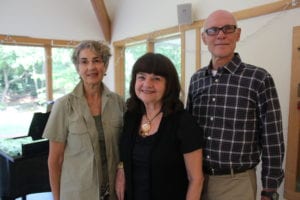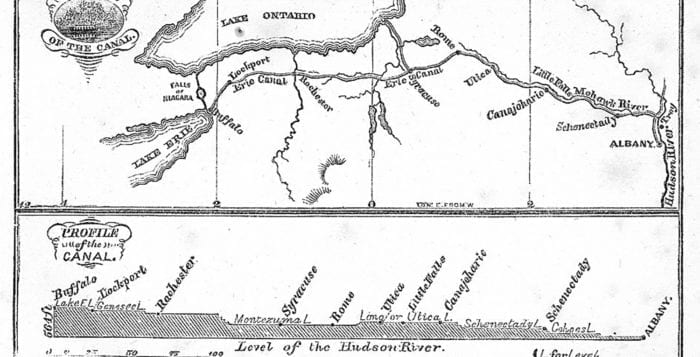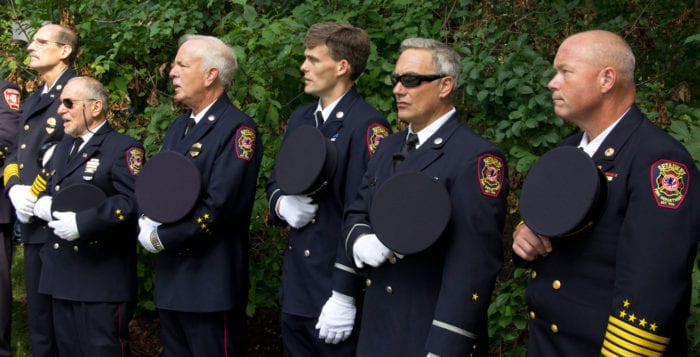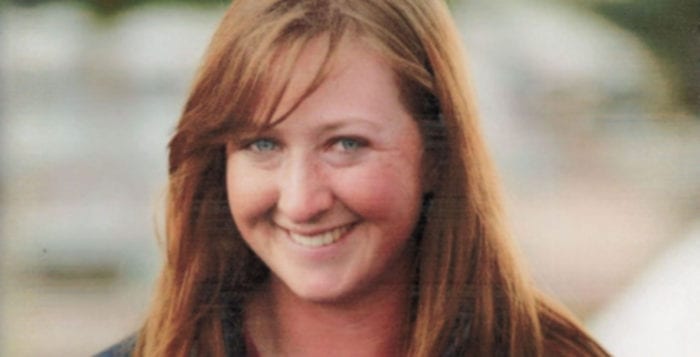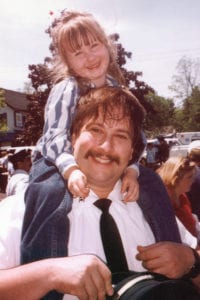By Matthew Kearns, DVM
After a hot, dry August, we’re starting to get some late summer/early fall rain, and the rain brings the mushrooms. Some wild mushrooms are edible (and quite tasty); however, some can be downright toxic. Both classes of wild mushrooms grow right in our backyards and flourish at this time of year.
Names like toadstool, death cap and destroying angel make me want to make sure I don’t eat the wrong type. Unfortunately, dogs don’t consult the “Field Guide to North American Mushrooms” before choosing which to eat and which to leave alone.
The most common toxic genera of mushrooms are Amanita, Galerina and Lepiota. These genera carry a specific toxin called cyclopeptides. Cyclopeptides interfere with the nucleic acids RNA and DNA transcriptase, and these compounds are integral for cell replication. Therefore, cyclopeptides affect organ systems that have a large cell turnover (the GI system, liver and a portion of the kidneys). Other toxic mushrooms can affect the central nervous system, but they are not as common in this part of the country.

The initial symptoms usually start within 6 to 12 hours of exposure and affect the gastrointestinal tract, causing serious vomiting and diarrhea. The diarrhea many times becomes bloody, but dehydration secondary to vomiting and diarrhea is a bigger concern than blood in the stool. If untreated, the dehydration alone can lead to shock and organ dysfunction.
If the patient recovers from the initial GI signs, they can still develop liver and kidney dysfunction. If the exposure is small (this depends not only on the amount of mushrooms eaten but also the size/weight of the dog), the patient can make a complete recovery over a period of weeks to months. However, if the exposure is large, this can lead to complete liver or kidney failure.
Initial treatment involves hospitalization for decontamination and supportive care. In severe cases it is recommended to lavage (or pump) the stomach in conjunction with activated charcoal (to prevent further absorption) and IV fluids.
When I still worked emergency full time and we had a known or suspect mushroom toxicity, as long as we were able to control the vomiting, administer activated charcoal and support with IV fluids, the patients were discharged without any long-term damage.
How do we prevent mushroom exposure? Mushrooms are fungi and grow better under certain conditions. Some mushrooms require low amounts of light, but many do not. All mushrooms need a lot of moisture and decaying plant material. Therefore, making sure there is adequate drainage and removing any leaves, branches and other debris on a regular basis can reduce the amount of mushrooms grown.
Also, reduce watering (if you water regularly) to portions of your lawn prone to mushrooms. If you see mushrooms, remove them immediately at the base to prevent the aeration of spores. Then use a sharp shovel in an “up and away” fashion to remove the soil. If you can’t do that, use a garden rake or hoe to aerate that area and provide better drainage.
If you know that your dog has eaten mushrooms, bring him or her to your veterinarian immediately and follow their instructions. If your vet recommends hospitalization, IV fluids, inducing emesis (vomiting) and activated charcoal, then follow their instructions. Although it may be a little more expensive, it is better to be more aggressive early than to play catchup later. Also, treat your yard. Remember, “An ounce of prevention …”
Dr. Kearns practices veterinary medicine from his Port Jefferson office.




